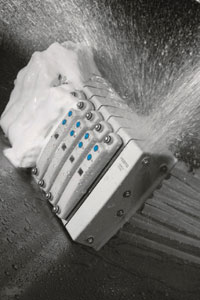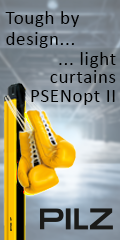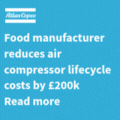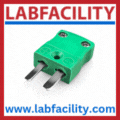
Posted to News on 24th Oct 2016, 00:00
Machine design trends to ensure food safety
Andrew MacPherson of Festo reviews the various food zones and highlights strategies for optimising hygiene in food and drink manufacture.

Food safety must be a critical aspect of any food and drink manufacturing production line, and complete product and system safety must be ensured to protect the consumer from potential food contamination. Understanding the potential sources of contamination, the different zones within food manufacturing together with the installation and environment, are essential for enabling machine builders to design equipment that is fit for purpose.
Fully understanding the requirements for each zone means machine builders will not over-design certain parts of a machine or inadvertently shorten the lifespan of others. It also prevents machine builders from unknowingly compromising the food safe part of a process by introducing non-compliant products.
In food and drink manufacturing there are three potential causes of contamination:
- Biological: pathogenic germs, rotting / fouling causing microorganisms, toxins
- Chemical: cleaning agents, disinfectants, lubricants
- Physical: dust, abrasion, rust particles
All machines need to be built to protect food from each of these causes and there are various food and hygienic regulations, directives and standards that machine builders should be aware of. For example, the EC Machinery Directive 2006/42/EC is intended for the protection and safety of consumers and operators wherever food comes into direct contact with machine parts and components. There are also standards and directives for design (EN 1672-2/EHEDG Doc 8 and Doc 13) and materials (FDA CFR Title 21, ISO 21469, 1935/2004/EC, for example for the use of NSF-H1-lubricants) which provide additional support for food safety.
Food zones and areas
The European standard EN 1672-2, Food processing machinery – Basic concepts, defines three areas in food production: the food zone, the splash zone and the non-food zone.
The food zone encompasses all system parts and components that are mounted directly in the food flow and come into contact with foodstuffs. It includes all areas that food could become contaminated and return to the product flow. System parts and components must be easy to clean and disinfect and they should be corrosion- resistant, non-toxic and non-absorbent. A smooth, continuous or sealed surface reduces the possibility of food getting trapped and leaving residue that is difficult to remove. Only food-compatible lubricants may be used in this zone.
In the splash zone, machine parts and components come into direct contact with foodstuffs, but the food does not end up back in the product flow. Nevertheless, these parts must be designed and built according to the same criteria as those in the food zone.
In the non-food zone, machine components do not come into contact with the product in this zone. However, the system parts should be manufactured from corrosion-resistant materials and be easy to clean and disinfect, as bacteria could develop over time.
In addition to the European standards, there is a consortium of equipment manufacturers, food industries and research institutes – the European Hygienic Engineering and Design Group (EHEDG) which advises manufacturers to go beyond the standards and identifies further areas where there is potential for entry to food production but that are not in the food zone. For further information EHEDG publishes over 40 guides on hygienic design to help machine builders.
Other factors to consider
The whole environment of the plant needs to be considered, as well as Clean in Place (CIP) routines, to get the most efficient and hygienic design for machine. To ensure that equipment remains hygienic after the CIP, the materials used for the machine parts must not react with the cleaning agents or the anti-microbial chemicals (disinfectants). They must be corrosion-resistant and mechanically stable to prevent the surface from being negatively affected.
You can have the best designed product on the market, checked to ensure it withstands the CIP process and high pressure hoses, but if it is installed incorrectly, contamination can be reintroduced to the process. The following areas are particularly exposed to this type of risk:
- Cable trays which hold the machine services can collect dirt or dust debris
- Motors mounted on floors next to machines with areas underneath that are difficult to clean
- Machine feet, mounting holes or any areas where material can build up
- Tubes and fittings – the correct tube and fittings should be anti hydrolysis or chemical resistant and an appropriate material for the zone (ie NSF-H1 food-grade grease, if there could be contact with food)
It is equally important to check whether compressed air comes into contact with food products or food packaging during the production process. Contingency scenarios should also be considered, for example, on a packing line for flour – if a bag of flour was to burst, flour could dry out the oil, which would dry out the bearings and seal, ultimately leading to costly downtime.
All these elements affect machinery design, and with correctly selected components that are suitable for cleaning, machine builders and end users can increase uptime and availability of the system, as well as ensuring the hygienic production of food and drink.
By working with a partner such as Festo, that has a thorough understanding of food manufacturing processes, as well as extensive applications expertise and technical know-how, machine builders can build efficient and cost-effective equipment that is fit for purpose, ultimately ensuring the safety of food and protecting the consumer.





